As you may know, I support microlending to poor entrepreneurs in developing countries through Kiva and Microplace. I have a little under four thousand dollars spread across both sites, and intend to continuously reinvest my principal and any earned interest to create a “foundation” where my money keep being lent out over and over. Kiva is non-profit, while Microplace is for-profit. I have lost some principal at Kiva, but none at Microplace yet. Here are my previous posts mentioning Microplace.
Yesterday after reinvesting some funds, the website provided me a link to share that appears to give any new investor a free $20 to invest. No strings attached. When the investment matures, you have the choice of either withdrawing the investment (plus interest) to your Paypal or bank acount, or reinvesting it again in another loan. Why not try it out?
Update: Apparently this link is open to any investor once, not just new investors. I just tried it for myself and it did not give me a choice in investments. The $20 will be invested in “Reduce extreme poverty in Haiti and help reverse its fortune – Sevis Finansye Fonkoze via Oikocredit GC Note”, earning 2.0% per year until April 30, 2014. You do have an alternative to simply donate the $20 instead and receive the tax deduction.
 Just got an e-mail from MicroPlace that they are running a gift certificate promotion where if you buy a $20 GC, you get another $20 GC free. The gift recipient can then lend out the money to a poor entrepreneur and receive interest + $20 back later. Since the person actually gets the money back (or at least most of it assuming some defaults), and thus isn’t the same as a “$XX has been donated in your name” gift, I think it’s a cool twist on gift cards.
Just got an e-mail from MicroPlace that they are running a gift certificate promotion where if you buy a $20 GC, you get another $20 GC free. The gift recipient can then lend out the money to a poor entrepreneur and receive interest + $20 back later. Since the person actually gets the money back (or at least most of it assuming some defaults), and thus isn’t the same as a “$XX has been donated in your name” gift, I think it’s a cool twist on gift cards. MicroPlace
MicroPlace Kiva
Kiva
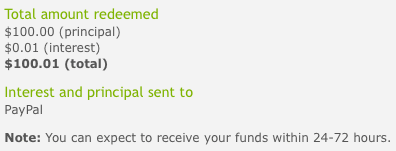
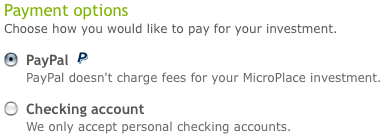
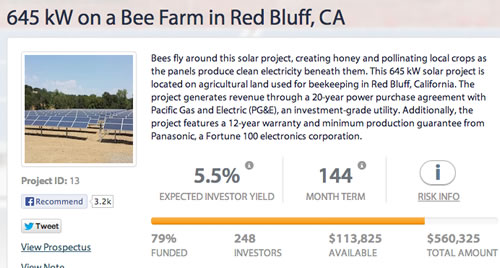
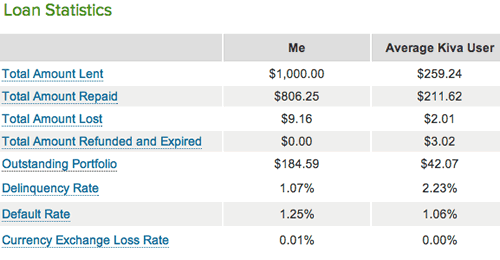
 Up until this year, our charitable giving has been all over the place. If we saw something we wanted to support, we’d write a check. If our workplace had some sort of matching grant or charity drive, we’d participate. I always buy whatever a kid is selling when they come door-to-door because I remember how much I hated doing that when I was younger. (Although a pet peeve of mine is getting hit up for $1 at Safeway every time I buy some milk.)
Up until this year, our charitable giving has been all over the place. If we saw something we wanted to support, we’d write a check. If our workplace had some sort of matching grant or charity drive, we’d participate. I always buy whatever a kid is selling when they come door-to-door because I remember how much I hated doing that when I was younger. (Although a pet peeve of mine is getting hit up for $1 at Safeway every time I buy some milk.)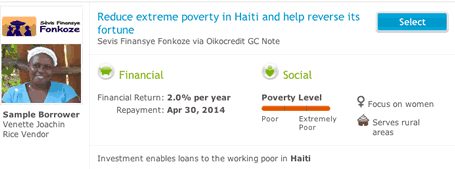

 The Best Credit Card Bonus Offers – July 2024
The Best Credit Card Bonus Offers – July 2024 Big List of Free Stocks from Brokerage Apps
Big List of Free Stocks from Brokerage Apps Best Interest Rates on Cash - July 2024
Best Interest Rates on Cash - July 2024 Free Credit Scores x 3 + Free Credit Monitoring
Free Credit Scores x 3 + Free Credit Monitoring Best No Fee 0% APR Balance Transfer Offers
Best No Fee 0% APR Balance Transfer Offers Little-Known Cellular Data Plans That Can Save Big Money
Little-Known Cellular Data Plans That Can Save Big Money How To Haggle Your Cable or Direct TV Bill
How To Haggle Your Cable or Direct TV Bill Big List of Free Consumer Data Reports (Credit, Rent, Work)
Big List of Free Consumer Data Reports (Credit, Rent, Work)